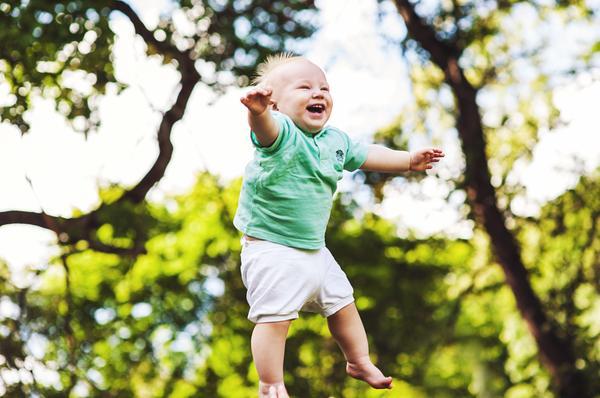The number of overweight children in Africa is on the rise and it can be difficult to shop for them without giving them a complex.
Children who weigh more than other children their age are sometimes the subjects of bullying.
This can especially be exacerbated by parents who do not pay attention to the fit of a child’s clothes before sending them out into the world.
According to the Heart and Stroke Foundation, child obesity is on the rise. On World Obesity Day last year the foundation reported that: “The population group that is most vulnerable to this “obesogenic” environment is children.
Both children of overweight parents and children subjected to malnutrition during pregnancy or infancy are likely to become obese later in life. Children are brought up in an era of energy dense foods, increasing screen time and sedentary behaviour.”
While many agree that children need to get off the video games and go and play outside more often and that it would be wise for them to participate in extramural activities that encourage fitness, there is something that can be done to immediately get them to feel better about themselves.
We spoke to Beverley Smith, a specialist buyer for kidswear ( girls aged two to seven) for a major retail company. While she was adamant that shopping for an overweight child was not a problem she often encountered in her line of work, she admitted: “When I interact with women some of them talk to me about their children’s weight issues but the normal reaction is to just buy a size up. That means if their little girl is seven years old, and she needs to buy clothes that are sized 8 to 9 years old, then she falls out of my bracket.”
While Smith has been appointed a fashion buyer for boys clothing in the past, she says that it’s more difficult to shop for girls.
This means it can also be more difficult for overweight girls to get in on trends that are not available in their sizes.
“For little girls, parents still lean more towards gender stereotypes when buying for their children. So that would be your pinks and purples, your soft yellows and white colours. With these age groups, a lot of the children are still at pre-school so a huge portion of the buying is uniform-type of clothing.
“Things that are comfortable like leggings and pull-on-shorts and pull-on pants. So that when they are at school, they can go to the loo by themselves without too much assistance. Parents are leaning more towards character products like Barbie and Frozen and what is typically a princess look. Boys don’t have skirts and dresses and things like leggings so that makes it easier,” says Smith.
Building confidence in children who are working on getting fitter is key. One of the ways to do that is for parents to encourage the children to make their own decisions about the clothes they wear as this is a form of self-expression.
Smith says: “I get a lot of feedback from parents that children participate in deciding on the clothes that they want to wear pretty much from the time that they can talk.
“They often are a part of the morning routine anyway. The older the children get, the more they communicate, which means the more assertive they get about what clothes they will and will not wear.
“All children participate in the clothing decision no matter what weight they are.
“They know what colours they like and what styles they want to wear.”
She continues: “Maybe the only difference is mothers of overweight children are more particular in having the children actually try on clothes in the store instead of just buying the clothes and then trying them on at home.
“Otherwise, the children are already significantly involved in making decisions.
“(Parents) need to speak lovingly about their bodies and assure them that they can wear the same things as other children their age if they want to. Most parents take an item in the store and just go and pay but if you know your child’s body is different, take two different sizes and make sure that the child tries the clothes on before you go and pay.”







